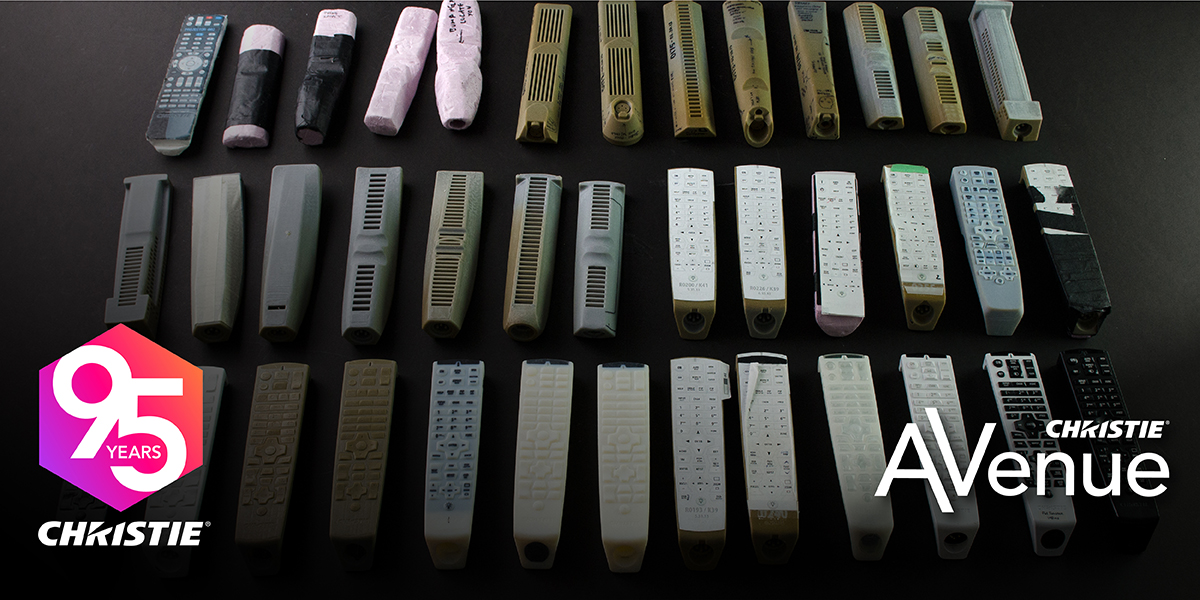Something familiar. Why product heritage matters

Every good chef has a favorite knife. Which is odd when a knife is such a basic tool — essentially just a blade and a handle. Provided its form suits its function, any knife should do the job, with no need for favorites. But that assumption misunderstands our complex relationship with every tool we use — from the knives that cut our meals and the phones we carry, to the projectors that create our images.
A trusted tool is like an old friend: it’s trustworthy, reliable, and makes us feel good. Tools are extensions of our abilities, marks of our professionalism, even badges of belonging — are you Apple, or are you Android for example?
Holding onto our heritage
Christie’s UX (User Experience) expert, Alan Woo, is part of the display engineering team that helps design Christie solutions. And he knows his work has a 95-year history of success and familiarity to live up to. Every new Christie product must look, feel, and, most importantly, perform like a Christie product — simultaneously holding onto its heritage while reaching for the future.
To demonstrate what he means, Alan will show you a picture of the 40 remote controls that survived testing for one-handed operation on a ladder 30 feet (9 meters) in the air. These are just the ones that survived; 130 were tested before one made it into production. It’s this level of testing and research based on customer needs that ensures Christie’s innovative heritage lives on — in everything from the smallest software interface to the most complex RGB pure laser projector.
Watch and learn
But first, you must put yourself in the user’s shoes (or up their ladder). How products are used in real-world environments is entirely up to the user and that’s how it should be. If enough chefs use their favorite brand of knife to open tin cans, you don’t print a warning sticker, you build a knife that can open cans. That means getting out into the real world and asking, observing, and honestly recording your failures alongside your successes. As Alan says, you must treat the cause, not the symptoms. So, chipped paint on a projector body may indicate fragile paint or reveal a deeper problem. Perhaps the rigging points need moving a couple of millimeters for clearance, or you need to redesign the flight-case or add a handle. But you won’t know until you watch and learn.
Care and curiosity build a truly great product worthy of a place in a projection room, on a wall, or in a rental or stager’s inventory. It never happens by chance and it’s why so many Christie products, even the newest, feel like old friends.






